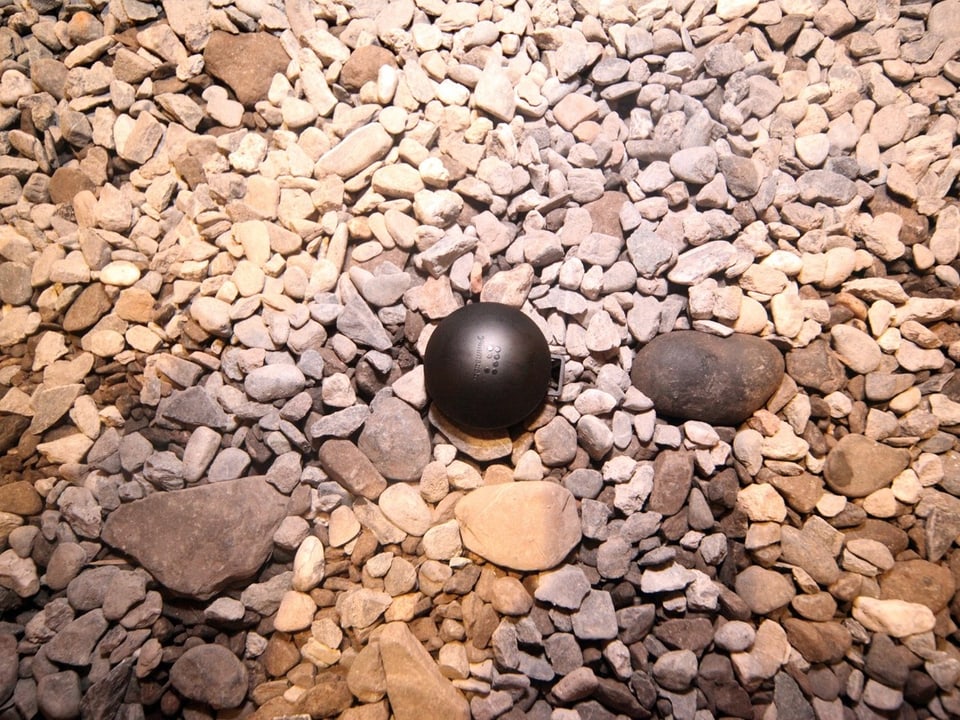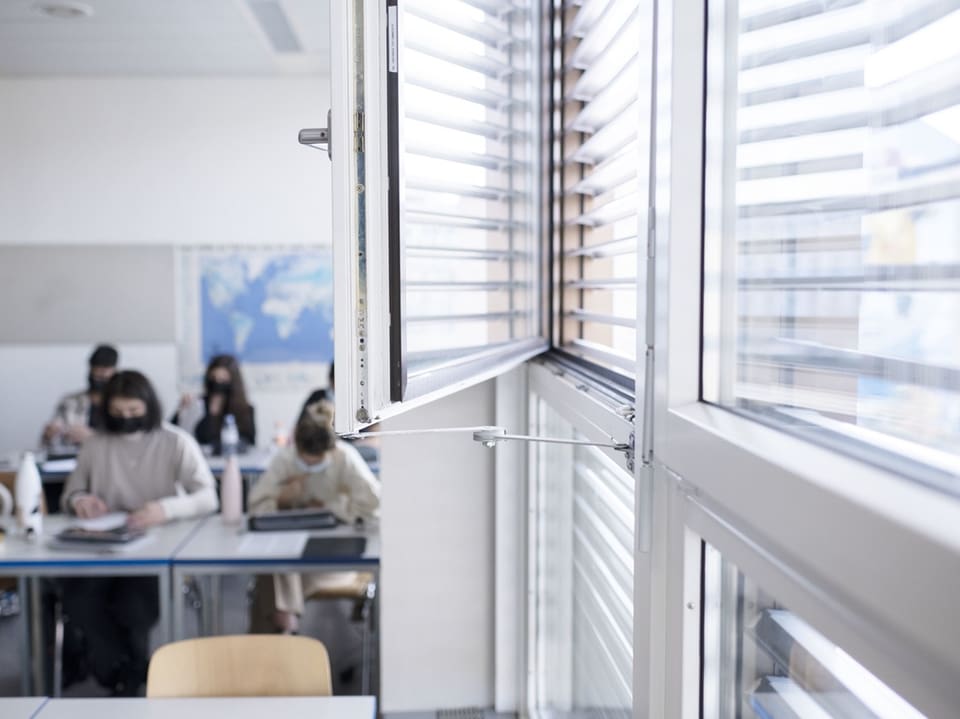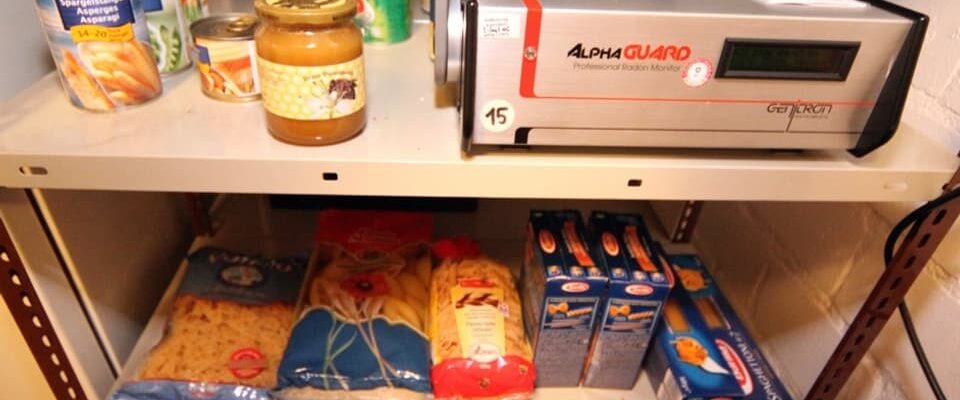Contents
The Valais cantonal parliament does not want a law to protect against the poisonous gas. Bern also reacts cautiously.
It would have been a first: the Valais government had drawn up its own radon law; Valais would have been the first canton in Switzerland to receive one. And although there was hardly any criticism beforehand, Parliament scuttled it.
Too much effort and costs
Background: Radon is a radioactive gas that, depending on the geology, can arise in the ground, rise and accumulate in buildings. If inhaled for long periods of time, it can cause lung cancer.
That’s why the federal government lowered the radon limits in 2018. If these limits are exceeded, the affected houses must be renovated. Radon measurement is mandatory for schools and kindergartens.
Legend:
The radioactive gas radon collects in basements. How high the concentration is can be determined using a measuring device.
Keystone/Urs Flüeler
Check buildings and, if necessary, order measures: the cantons are responsible for this. However, not everyone is affected equally. Although radon occurs throughout Switzerland, the contamination is greatest where the subsoil is permeable: in the Alps and the Jura.
In Valais, around a third of the communities are affected. That’s why the Valais government took action and drew up a corresponding law. In order to protect the population, this should, among other things, regulate what should be done during a new building or renovation to prevent radon from getting into the building.
But the cantonal parliament voted against the law in the March 2024 session. The center of Upper Valais, for example, argued that this would only create effort and unnecessary costs.
Shorter deadlines for school buildings
The canton of Valais is not the only one showing restraint in the fight against radon pollution.
In the canton of Bern, for example, there was a parliamentary initiative last year to address radon pollution in school buildings. Essentially, the question was how the government council wanted to ensure that the school buildings were renovated in a timely manner.

Legend:
Since 2018, the radon limit has been 300 becquerels per cubic meter – previously it was 1000 becquerels per cubic meter. Measuring devices like this can also look very inconspicuous.
Urs Flüeler
In 2023, the federal government significantly shortened the deadlines for the renovation of affected school buildings, in extreme cases to less than a year. He also extended the obligation to take measurements to all rooms that could serve as classrooms – even if they are not currently in use. However, there are no consequences if the deadline is not met.
Ventilate instead of renovate
The response from the Bern government council was cautious. He emphasized that students need to be protected from radon. But: “Based on the measurements that the Canton of Bern carried out years ago, it can be assumed that there is no danger to people in schools and kindergartens.”

Legend:
Regular ventilation is the easiest way to reduce the concentration of radon in the indoor air within a short period of time.
Keystone/Christian Beutler
And: “In normal school operations, elevated radon levels have been proven to drop to acceptable levels through proper ventilation.”
Protection only on paper
The canton of Bern is aware of the radon problem, but does not see any urgent need for action. Other cantons are likely to assess the situation in this or similar way.
At least the federal government’s “Radon Action Plan 2021 – 2023” suggests this conclusion. It says: “The broad-based implementation of the measures has not yet progressed sufficiently, especially when it comes to measurements, renovations and building regulations.”
Conclusion: In many places, protection against radon only exists on paper – at least for the time being.
